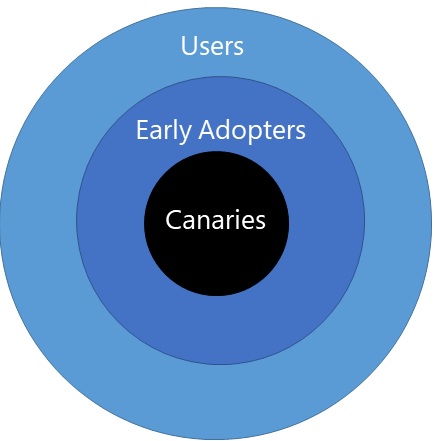Ring Deployment, offering insights into its mechanics, benefits, and how it empowers development teams to orchestrate updates with unparalleled precision.
Understanding Ring Deployment
Ring Deployment involves dividing the deployment process into concentric rings. Each ring represents a phase of the deployment, starting from the innermost circle and expanding outward.
The Anatomy of Deployment
Inner Sanctum – The Initial Release
a small subset of servers or instances receives the update. This phase is critical for initial testing and validation. It serves as a controlled environment where developers can closely monitor the impact of the new release.
Middle Rings – Progressive Expansion
As confidence grows in the stability of the deployment, the update radiates outward to the middle rings. This phased expansion continues, with each ring encompassing a larger portion of the infrastructure.
Outer Ring – Full Rollout
The outermost ring signifies the final stage of the deployment. By the time the update reaches this stage, it has undergone rigorous testing and validation.
Advantages of Deployment
Risk Mitigation:- The incremental rollout minimizes the impact of unforeseen issues, allowing for quick and targeted responses.
Controlled Progression:- Development teams have precise control over the deployment stages, ensuring a methodical and measured release.
Early Detection:- Issues that may arise in the inner rings are detected early, enabling proactive problem-solving before a widespread release.
Rollback Readiness:– If issues persist in a particular ring, rollback to a previous version is straightforward, limiting downtime and user impact.
Deployment stands out as a strategic and controlled approach to software updates. By dividing the deployment into concentric rings, development teams can navigate the complexities of releasing new features or bug fixes with confidence and precision.
